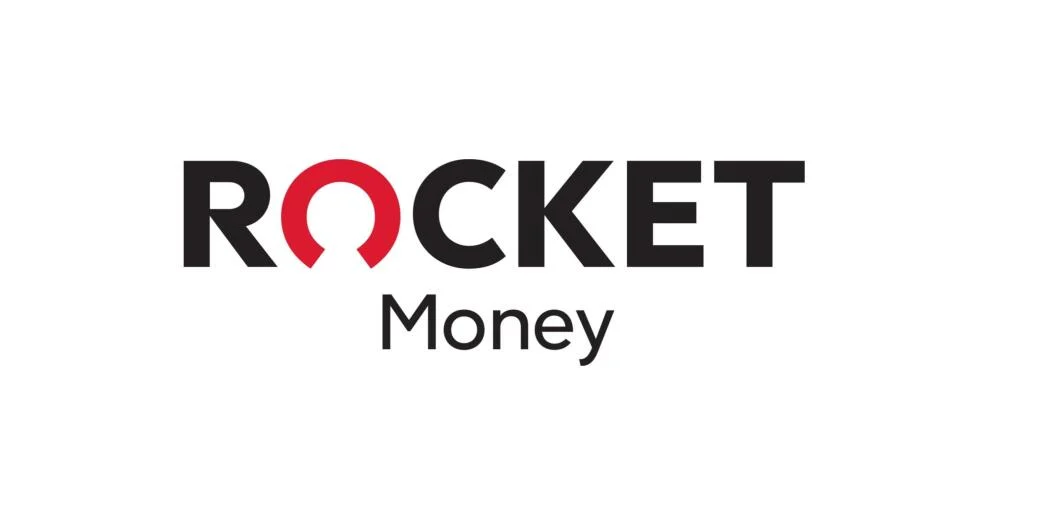Budgeting no longer means spreadsheets. There are tons of tools out there that can help you make a spending plan and track expenses. You can effortlessly connect your bank accounts, investments, and credit cards from any computer or mobile device.
They are easy to use and can give you reports so you can analyze your spending to make adjustments for the future.
| Best for | Learn more | |
|---|---|---|
| Overall budgeting, tracking recurring costs, including investments | Learn more | |
| Planning ahead | Learn more | |
| Multiple currencies | Learn more | |
| Investment tracking and cash flow management | Learn more | |
 | Beginner budgeters | Learn more |
 | Subscription management | Learn more |
 | Dave Ramsey fans | Learn more |
Monarch Money
Best for: Overall budgeting app
- Price: $99.99 annually or $14.99 monthly
- Free trial: 7 days
Monarch Money was named the best Mint alternative by Forbes in 2025 and its feature set is one of the most expansive of the group. You can connect an unlimited number of accounts, which includes banking, credit cards, and brokerage accounts; and it will help with recurring subscription tracking too.
In the budgeting suite of tools, you can track custom goals as well as get notifications.
It offers net worth tracking as well. You can include the value of your home via a Zillow integration plus vehicle values too if you include those in your net worth.
Finally, it's accessible through the web as well as mobile and iPad apps. You can invite an unlimited number of people to use it with you.
If you want a deeper dive into the tool, check out our Monarch Money review.
For a limited time, Monarch is offering 50% off your first year with the coupon code MONARCHVIP.
YNAB
Best for: Planning ahead
- Price: $109 annually
- Free trial: 34 days
YNAB (You Need a Budget) is for serious budgeters. This app does more than just tell you where you spent your money. You will assign every dollar that hits your bank account to a spending or saving category.
YNAB adheres to four basic rules so you can pay this month’s bills with last month’s paycheck:
- Give every dollar job
- Embrace your true expenses
- Roll with the punches
- Age your money
YNAB is well worth the $109 yearly fee. According to YNAB, first-time budgeters save an average of $600 in the first two months. It’s also free to college students for one year. You can have unlimited budgets and collaborators.
YNAB works with almost any internet-connected device including Alexa and your Apple Watch.
Here's our full You Need a Budget review for more information.
Lunch Money
Best for: Multiple currencies
- Price: $100 if billed annually
- Free trial: 14 days
If you want a well-designed app that does budgeting really well – Lunch Money is your tool. It doesn’t try to be the Swiss army knife of apps, it focuses on budgeting. You can sync your bank accounts or manually upload a CSV (if data security is a concern). Once your data is in Lunch Money, you can play with it however you want – split transactions, tag and categorize them. It also handles multiple currencies very well.
Once you set your budget, you can put your transactions in the right place and know exactly where your spending is going. There’s a 14-day trial but otherwise it costs $10 a month or $100 a year.
And you would have no idea it’s built by a single person, it’s quite amazing!
Here's our full review of Lunch Money for more info.
Empower
Best for: Investment tracking and cash flow management
- Price: Free
- Free trial: N/A
Empower is one of your best free options if you care more about tracking your net worth and investment performance than budgeting. Their platform syncs your bank and investment accounts. To see how rich you really are, you can manually add the value of tangible assets like your house, vehicles, and collectibles.
The free investment tools include a retirement tracker and fee analyzer. If you want to retire rich, these tools are a great starting point. The only time Empower costs money is if you use their optional wealth management service.
What’s also nice is that Empower has a suite of investing tools too. This way when you’re ready to start investing, the tool can grow with you and you won’t have to switch to something else.
Here's our full Empower review for more information.
Simplifi by Quicken
Best for:
- Price: $2.99 a month when billed annually
- Free trial: 30 days
Simplifi by Quicken is a personal finance app with a clean design that is easy to use. The budgeting tools are impressive. You can create custom budgets based on your income and expenses, including real-time updates given your linked accounts. There are also bill reminders, investing tracking, and the ability to track your net worth.
It costs $2.99 a month when billed annually. It has no ads, and there is a free 30-day trial.
Here's our full Simplifi review for more information.
Rocket Money
Best for: Subscription management
- Price: Free plan available
- Free trial: 7 day for premium plan
Rocket Money's free plan can help you track spending and manage your subscriptions. You can sync your money accounts to get spending reports and make a basic budget. If you want it to cancel subscriptions automatically, you'll need to sign up for the Premium plan, which is between $6 and $12.
You can also use Rocket Money to negotiate bills for a lower cost. It’s free to start the negotiation process. Rocket Money keeps a 40% success fee of the total savings for the first year. At least you don’t have to get on the phone and do it yourself. You can save the most money with a cable TV bill or a contract cell phone plan.
Rocket Money works on any computer or mobile device. Although their iOS and Android apps offer more features to automate your finances.
Here's our full Rocket Money review for more information.
Everydollar
Best for: Dave Ramsey fans
- Price: $79.99 when billed annually
- Free trial: 14 days
Dave Ramsey fans should consider Everydollar. This zero-based budgeting strategy is similar to the money envelope system. If you don’t know where to start with making a budget, you can start with the standard Everydollar budget template. Their debt snowball feature can help you make a plan to get out of debt.
There is a free version, but you'll have to manually add each transaction. Upgrading to the Plus version costs $79.99 annually but automatically downloads your bank account and credit card transactions.
Here's our full Everydollar review for more information.
How to choose a budgeting app
You need to find a budgeting app that you'll use. That's the most important thing. What one person thinks is the best tool might not work for someone else. An app you download and then never use isn't doing you any good.
Desktop vs App
Some tools don't have a desktop version; others don't have an app. Some have both. If you know you will never pull up your budget on your computer; then you'll want to ensure you are happy with the app. On the other hand, if you prefer a larger screen, then the app's functionality will matter less.
Planning vs tracking
Some apps, especially the free or less expensive ones, are more about tracking your spending after the fact than budgeting. If you want to plan your spending ahead of time you'll need a tool that allows for that. If you only want to know where you spent your money at the end of the month, then you'll be frustrated by a software that insists you plan your spending.
Price
While price is always a concern, it's not the most important part of choosing a good budgeting app.
How to make the most out of your budgeting app
Once you've decided to give an app a try, you'll want to make the most of it.
Start simple
When you start a new program, it's easy to get carried away and create too much detail. Instead, start simple and add categories as you go, especially if you are new to budgeting. This will allow you to get a feel for the software without dealing with too many details.
For example, you could have a “food” category and budget all groceries and restaurants in there, rather than having it broken up.
Log in daily
Good budgeting requires frequent check-ins, especially as you get used to a new system. Nothing will kill your motivation faster than logging in and seeing 40 transactions that need to be categorized. The more often you check-in with your budget, the easier each interaction will be.
Plus, categorizing transactions is much easier when you remember what you spent the money on.
Give it at least three months
No matter which tool you choose to use, there will be a learning curve. Stuff will come up that you weren't expecting, and you'll have to adjust. This is normal! Making adjustments doesn't mean you failed at budgeting. The longer you stick with the program the easier it will be to use.
It's very common for a new budgeting system to take three months to settle in, even for experienced budgeters. Make sure you give the system enough time to start working.
Dealing with an irregular income
If you have an irregular income, you'll want to have a clear understanding of what your average monthly expenses are, and when you have extra income, set that side for leaner months.
You may want to consider an app like YNAB. The goal of YNAB is for you to live on last month's income, so you start the month knowing exactly what you have to spend.
Dealing with surprise expenses
Surprise expenses happen to everyone. When you first start budgeting, they will happen all the time, but the more you deal with these expenses, the less often they will surprise you.
When something happens every year, such as car registration costs, take the total amount and divide it by 12. From that point forward, set aside that amount for car registrations. Then next year, you'll have those funds sitting in that category ready to go. No more surprises! This is called a sinking fund.
Each time you do that you'll have one less surprise expense going forward.
But, of course, sometimes things happen that you truly weren't expecting, such as a trip to urgent care or a blown tire. These expenses are a job for your emergency fund. A fully funded emergency fund is six month's worth of living expenses. However, even a partially funded emergency fund will be a great help!
When you need to dip into the emergency fund, you should stop all other savings until you've replenished the fund.



